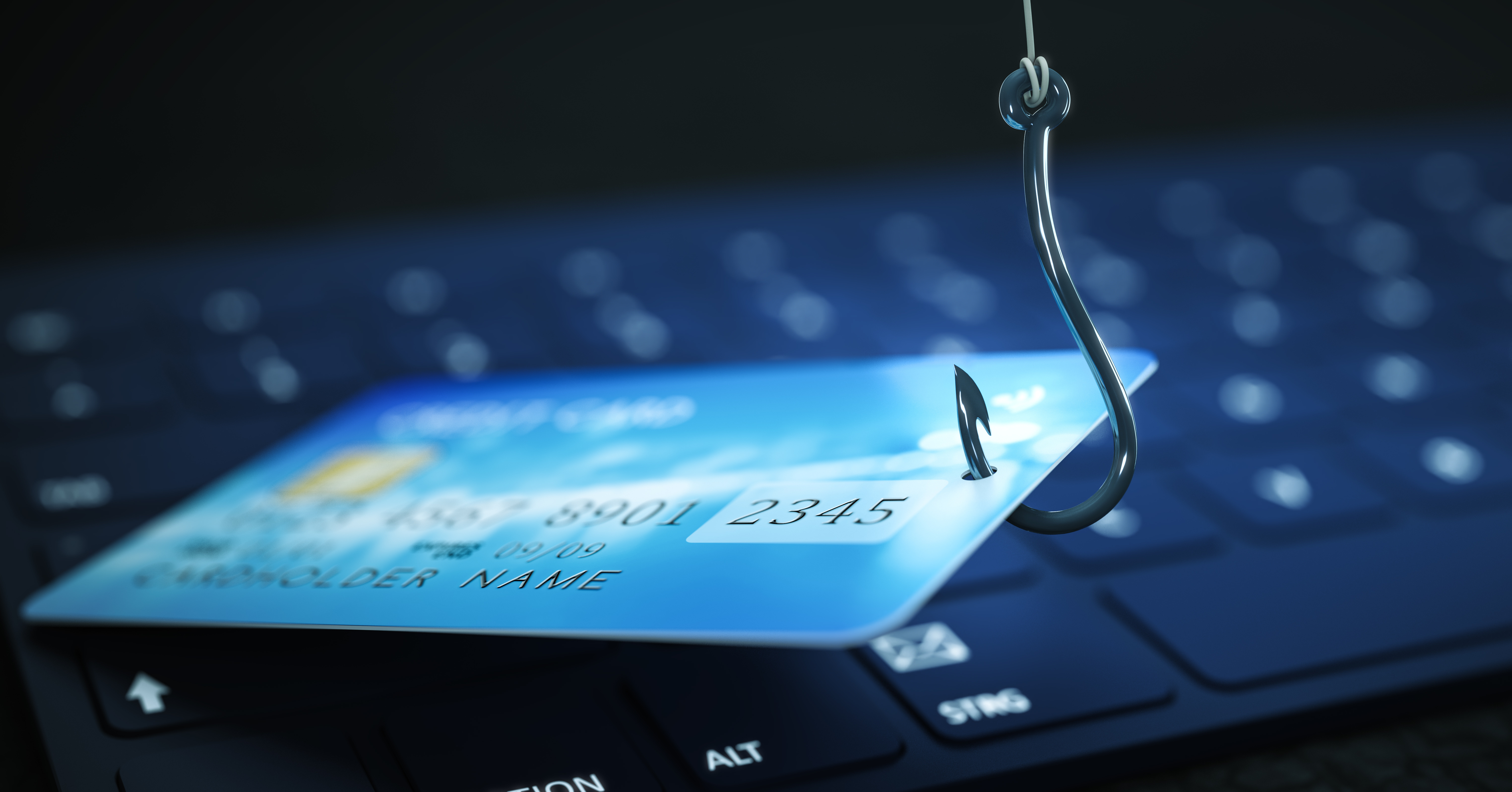Experiencing a Cybersecurity Incident? Get Help Now. | Abacus Group and Medicus IT have merged. Learn more.
Experiencing a Cybersecurity Incident? Get Help Now.
Abacus Group and Medicus IT have merged. Learn more.
Experiencing a Cybersecurity Incident? Get Help Now. | Abacus Group and Medicus IT have merged. Learn more.
Experiencing a Cybersecurity Incident? Get Help Now.
Abacus Group and Medicus IT have merged. Learn more.

This is part of a phishing awareness campaign partnership between Abacus and Proofpoint, one of our valued cybersecurity solutions partners.
What would you do if a suspicious stranger came up to you on the street and tried to lure you down a dark alley? You’d probably sense danger and either walk away quickly or call for help.
But what if the stranger approached you through email? You might feel it’s safe to click on a link in the email or open an attached file — but it’s a trap.
Every day, cyber criminals use malicious emails to try to scam individuals and organizations — a type of attack known as “phishing.” Interacting with a phishing email carries serious risks for you, your employer, even your family and friends. Fortunately, everyone can learn tactics for recognizing and avoiding these attacks.
In a phishing attack, cyber criminals use deceptive emails to “fish for” information and lure people into falling for scams. These emails are carefully designed to trick you into revealing financial information, login credentials, or other sensitive data. Or, they may secretly install dangerous software (malware) that compromises your computer and the files on it.
Phishing emails typically pressure you to act quickly, without thinking. They play upon strong emotions — such as curiosity, fear, or greed. These psychological manipulation tactics are sometimes known as “social engineering.”
Phishing emails also use a variety of technical tricks to steal information:
Many companies have suffered serious data breaches that exposed everything from business secrets to the confidential data of millions of people. These data breaches often start by tricking one person with a phishing email, giving criminals a foot in the door.
Phishing can affect your personal life, too. Whether at home or at work, falling for a phishing email can have serious, long-term consequences.
Consequences of Falling for a Phish at Work:
Consequences of Falling for a Phish in Your Personal Life:
Use the following tips to protect yourself against a phishing attack and share them with family, friends and colleagues:
Download a PDF copy of Proofpoint's "Facts About Phishing" Newsletter.
These Stories on Blog